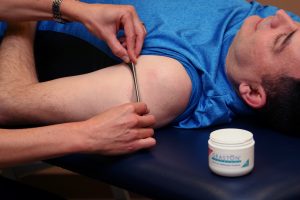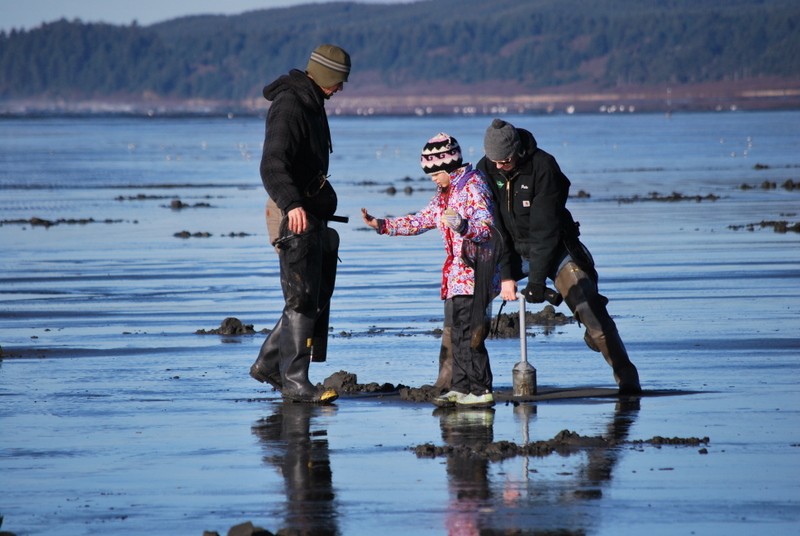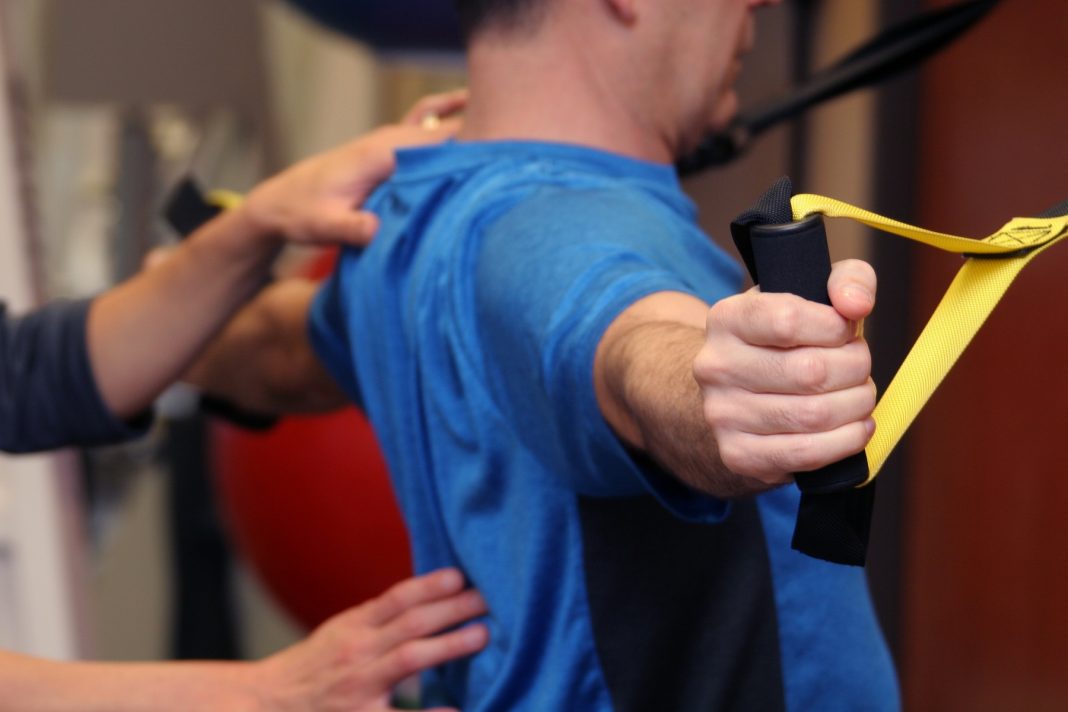Submitted by Jennifer Penrose of Penrose & Associates Physical Therapy
Like anything that has its own terminology it is confusing until someone can break it down into parts. The interesting thing is that almost all of those above can be caused from similar issues. Let me explain.

Bursitis is inflammation of the bursa. Yes you can get a steroid shot to put out the inflammation and the pain but you did not figure out the cause of the friction or correct the cause so it can come back again. The shot is helpful to put the fire out, but be mindful if the bursitis was caused from tight muscles or a tight joint creating the friction and irritation of the bursa it can return. In fact, bursitis can be from several reasons: tightness in certain areas (usually chest, shoulders, and thoracic spine) and from the rotator cuff not doing its fair share of the work load. We often have to spend time teaching the rotator cuff and shoulder blade muscles how to work together again. And many times without meaning to people will use their neck muscles and larger muscles (deltoid) to compensate for the rotator cuff during rotator cuff exercises they found on you tube or google. This will usually lead to more problems. Don’t get me wrong I use you tube all the time for do it yourself projects but sometimes consulting a professional is worth it.
Often my patients have tightness in their chest, shoulders, and upper back changing the position of the shoulder and limiting space in the shoulder joint causing “pinching” on the rotator cuff tendon called “impingement syndrome.” So you can see bursitis and impingement can often have similar causes. The point is we have to evaluate each “medical diagnosis” separately to find your causes as they may be slightly different from the next person walking in with “impingement.” And your posture, flexibility, strength, coordination and anatomy all have variables that we need to account for to develop a successful plan. This may surprise you but you can even get impingement in the shoulder due to the shoulder being unstable or too loose. Remember the shoulder is like a ball and socket type joint. The ball part of your shoulder may be too sloppy moving around too much instead of it staying in the center of your shoulder joint when moving your arm around. When the ball part moves around too much it can pinch on tissues as well with certain arm motions.
So we covered impingement and bursitis… how about tendonitis in the shoulder? Tendonitis is inflammation of the tendon. This can happen from overusing the shoulder or a sudden new activity on the tendon. The tendon attaches the muscle to the bone. For example, if you suddenly exert more force lifting an object a few times you could irritate the tendon causing tendonitis. I would say many patients are surprised that tendonitis can come on with only one day of an activity like weed wacking or moving heavy rocks etc. I recently had a bout of tendonitis from using a rope swing at my parent’s lake home. It was fun and it was only about six times on three different days, but my left elbow starting hurting. The left elbow was not “conditioned” to suddenly handle my body weight in an extended (weak position) as I jumped on the rope swing and held on for 20 feet to land into the water. Tendonitis can also come on from repetitive motions in a poor posture or position. Many times shoulder tendonitis is due to overuse of the shoulder at shoulder height or above. However, most people don’t feel that they did too much. They will acknowledge it was an activity that was out of their routine and likely not strong enough for.
And of course let’s briefly talk about arthritis in the shoulder. Arthritis in the shoulder often produces bone spurs in the shoulder. Can you picture a piece of bone sticking into the shoulder joint (the bone spur)? Can you see how a bone spur might cause “pinching” in the shoulder and create friction and rubbing of the bursa and even start to cause micro tears in the rotator cuff tendon? The arthritis in the shoulder joint can also cause ache and stiffness that needs correct daily stretching and range of motion to keep it happy and feeling better.
I hope that gives you some clarity on shoulder bursitis, tendonitis, & arthritis and that each medical diagnosis needs to account for your specific posture, flexibility, strength, anatomy, recent activities and postures/positions to solve the root cause of your medical diagnosis. We are happy to help!
We are having a free neck and shoulder workshop coming up on August 6 at 6:00 p.m. It is limited to nine people in person (social distance and mask required), or you can attend virtually. Let us know what you would prefer! RSVP required since space limited or if you want the virtual link sent to you.
The author, Jennifer Penrose, is a physical therapist and owner of Penrose Physical Therapy. If you have any questions about neck and shoulder pain, you can call 360-456-1444 or email info@penrosept.com. Visit the Penrose & Associates Physical Therapy website for more information.




















































